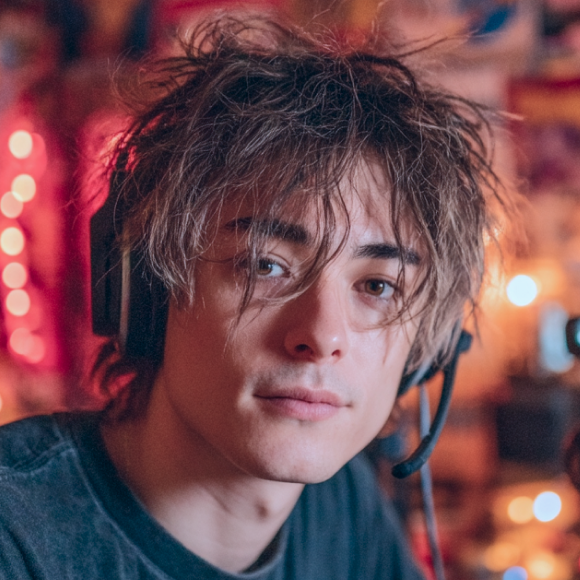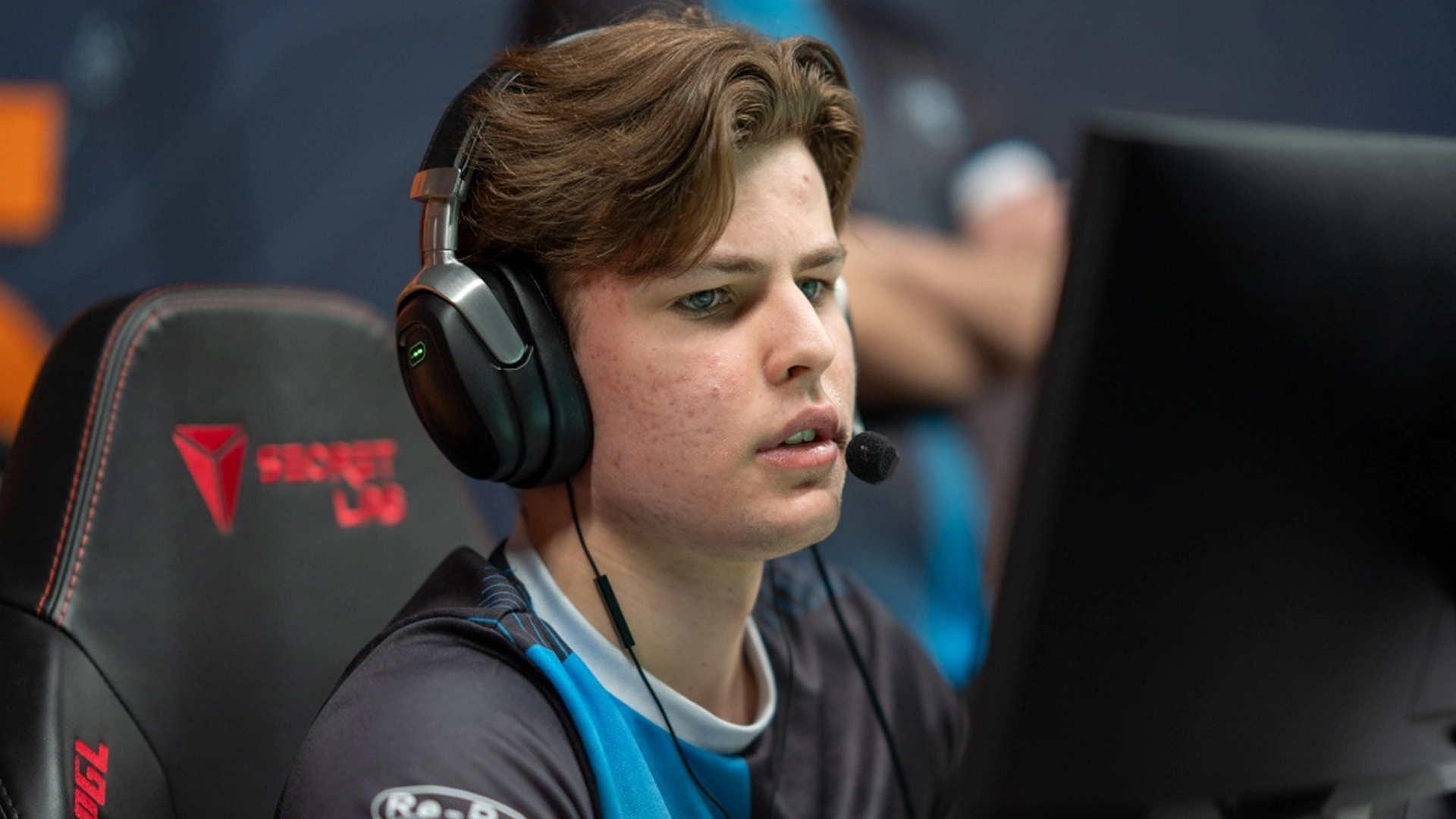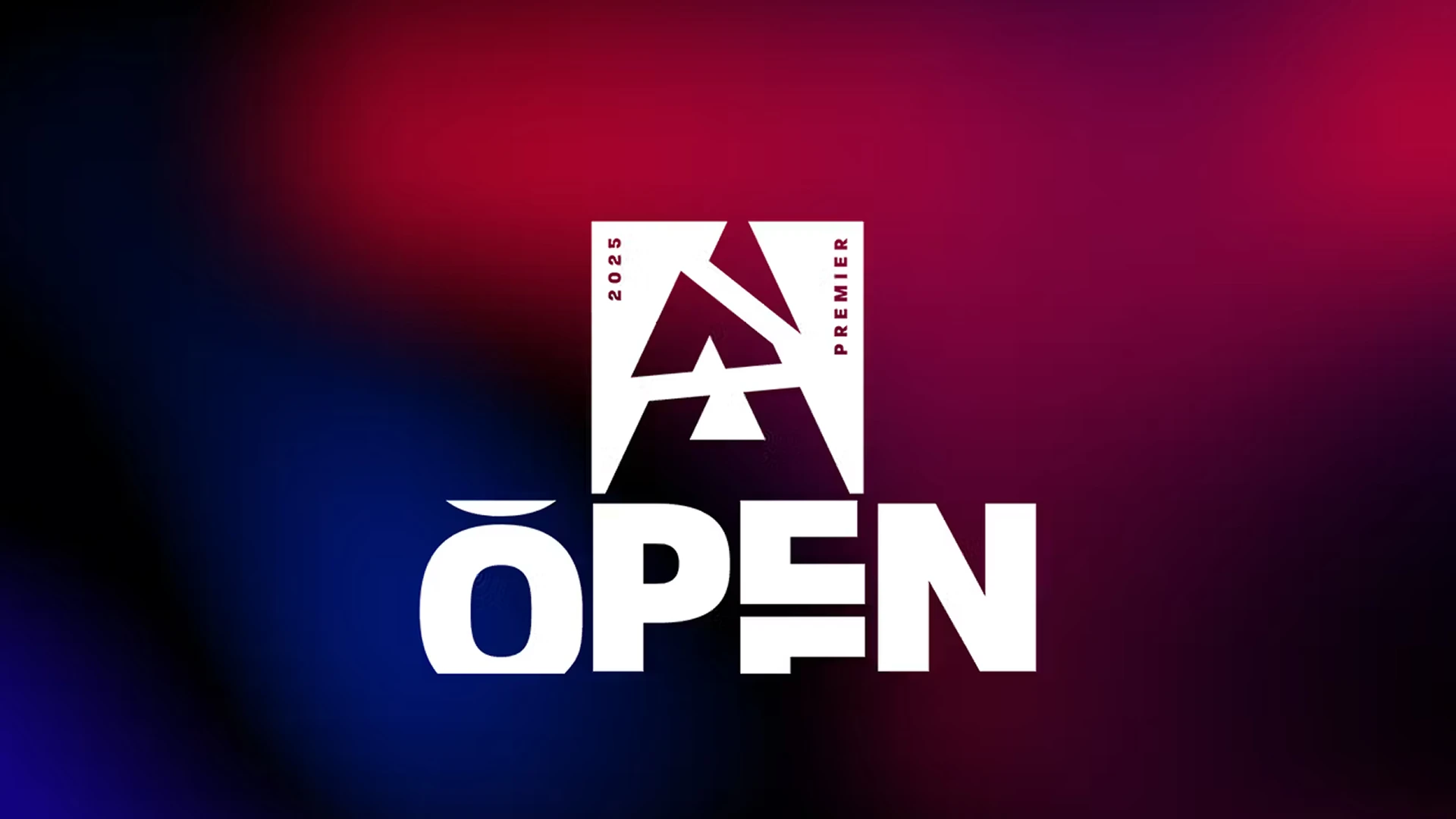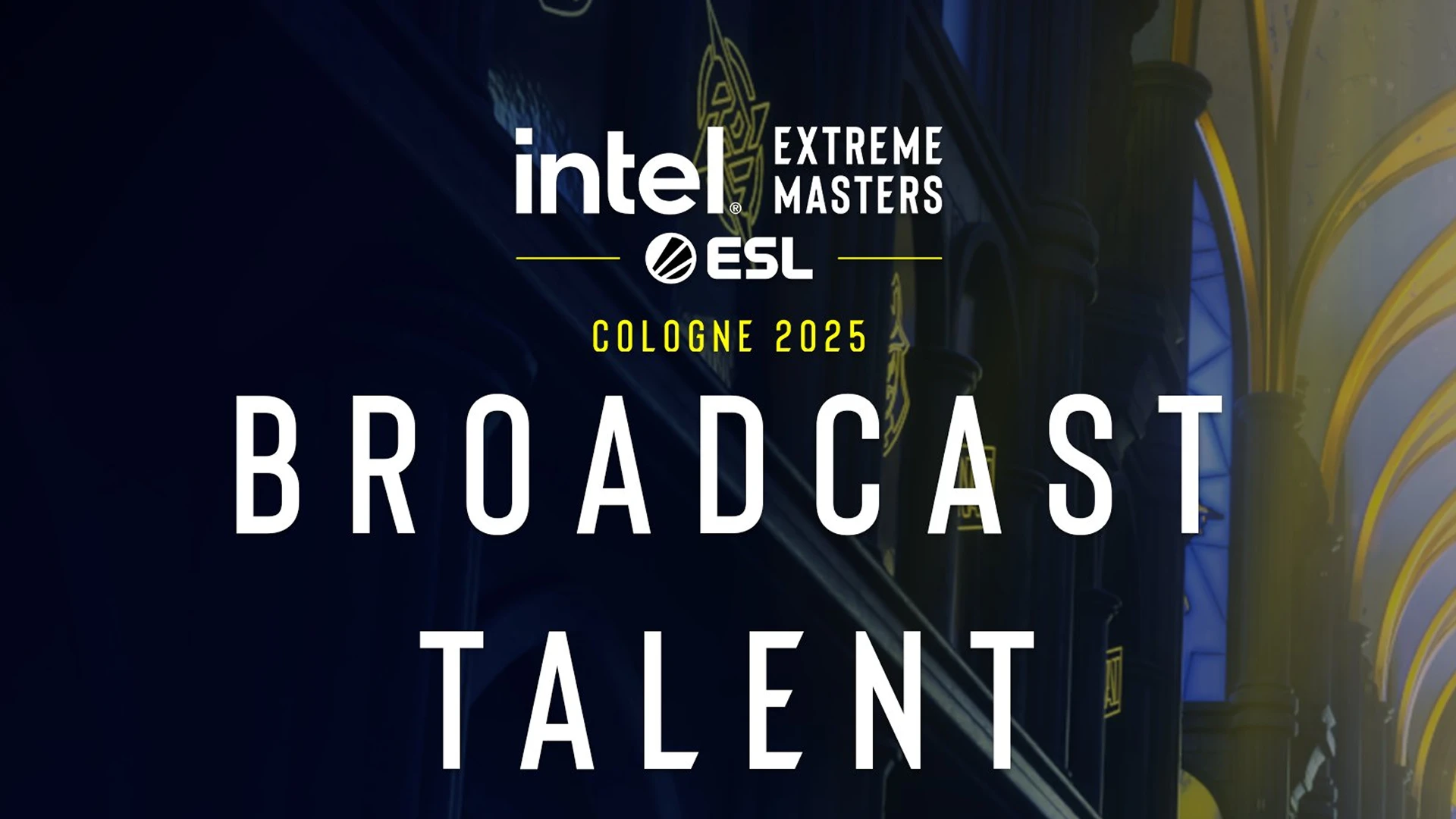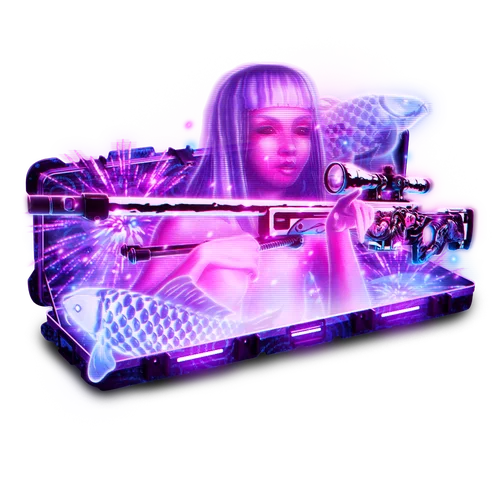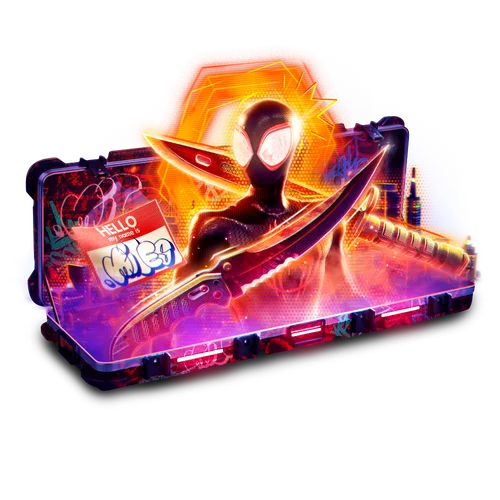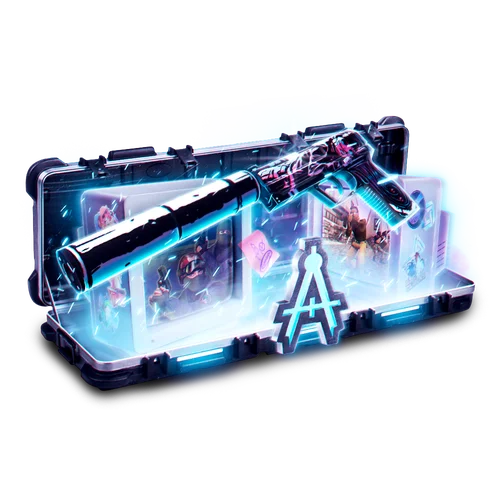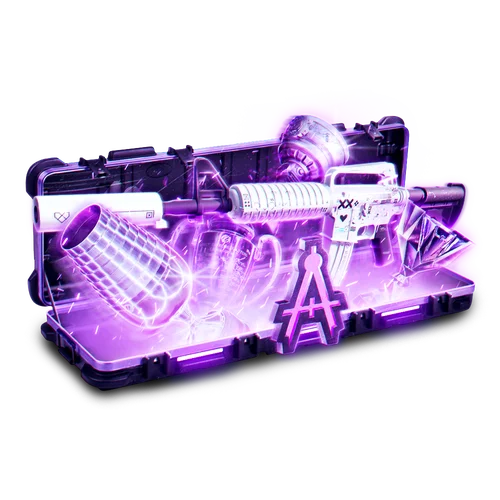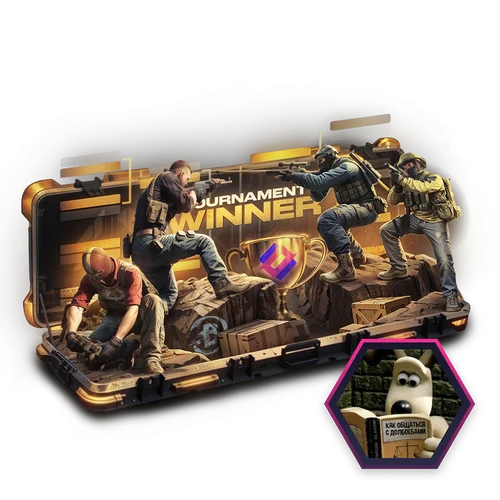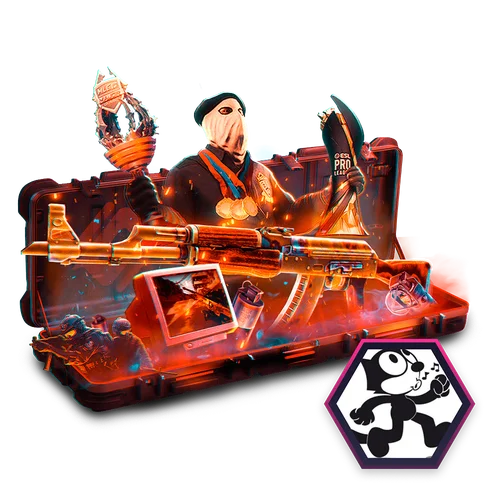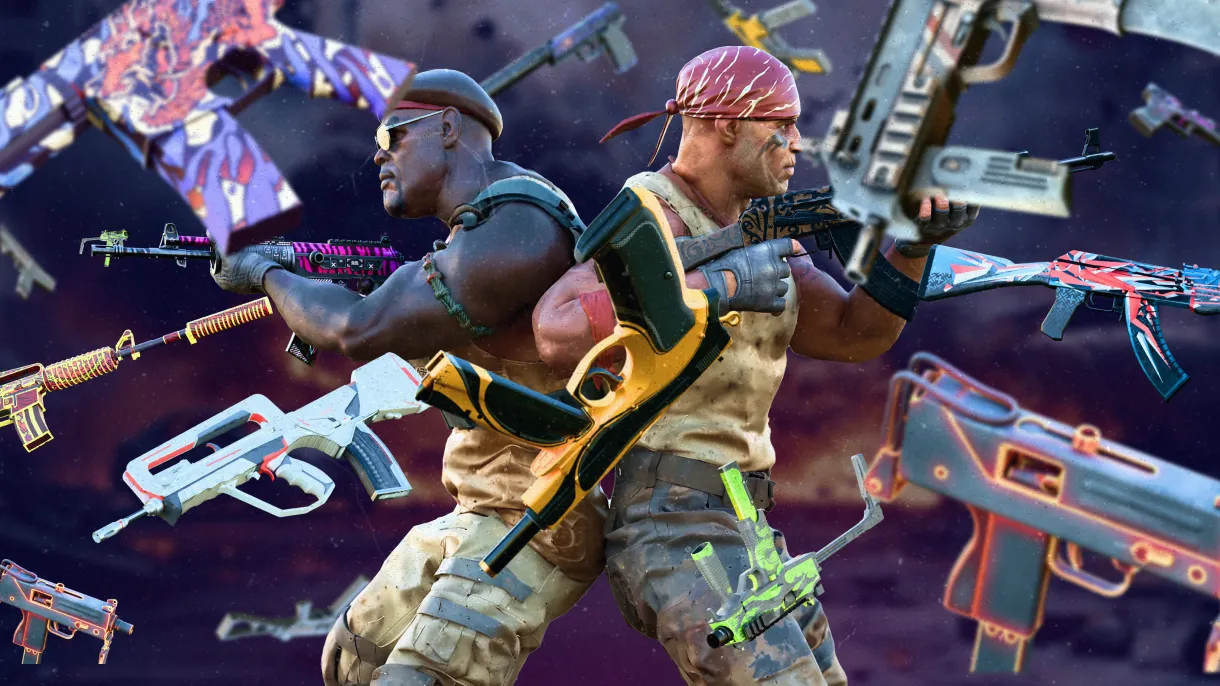Sometimes, losing is necessary. It’s not a failure — it’s a diagnosis. That’s exactly what NRG received after their short-lived run at IEM Dallas 2025. Two losses without winning a single map: first against Falcons, then against Aurora. But instead of lamentation came reflection. For Nicholas “nitr0” Cannella, the results weren’t a collapse, but an opportunity to see the truth.
“It was actually useful,” he says. “We just don’t get slapped around like this in NA.”
And in that phrase lies much more than frustration — it’s a painful admission of a region in freefall.
Isolation that stifles growth
In an interview with BLAST.tv, nitr0 paints a sobering picture of the North American scene. Practice? Sporadic at best. Opponents? A narrow pool of the same teams — M80, Legacy, Complexity. On a good day, a couple of quality scrims; on most days, nothing. The concepts of intensity and pressure don’t really apply here.
“We can only get one or two decent scrims a day. That’s become the norm,” nitr0 admits. “The rest? Either unpaid or not taking things seriously.”
Even ECL, the main regional league, offers little refuge. It’s unstable, underfunded, and filled with players who lack long-term motivation. According to nitr0, it’s the worst state he’s seen NA in throughout his entire career — and the worst part is, there’s no easy fix in sight.
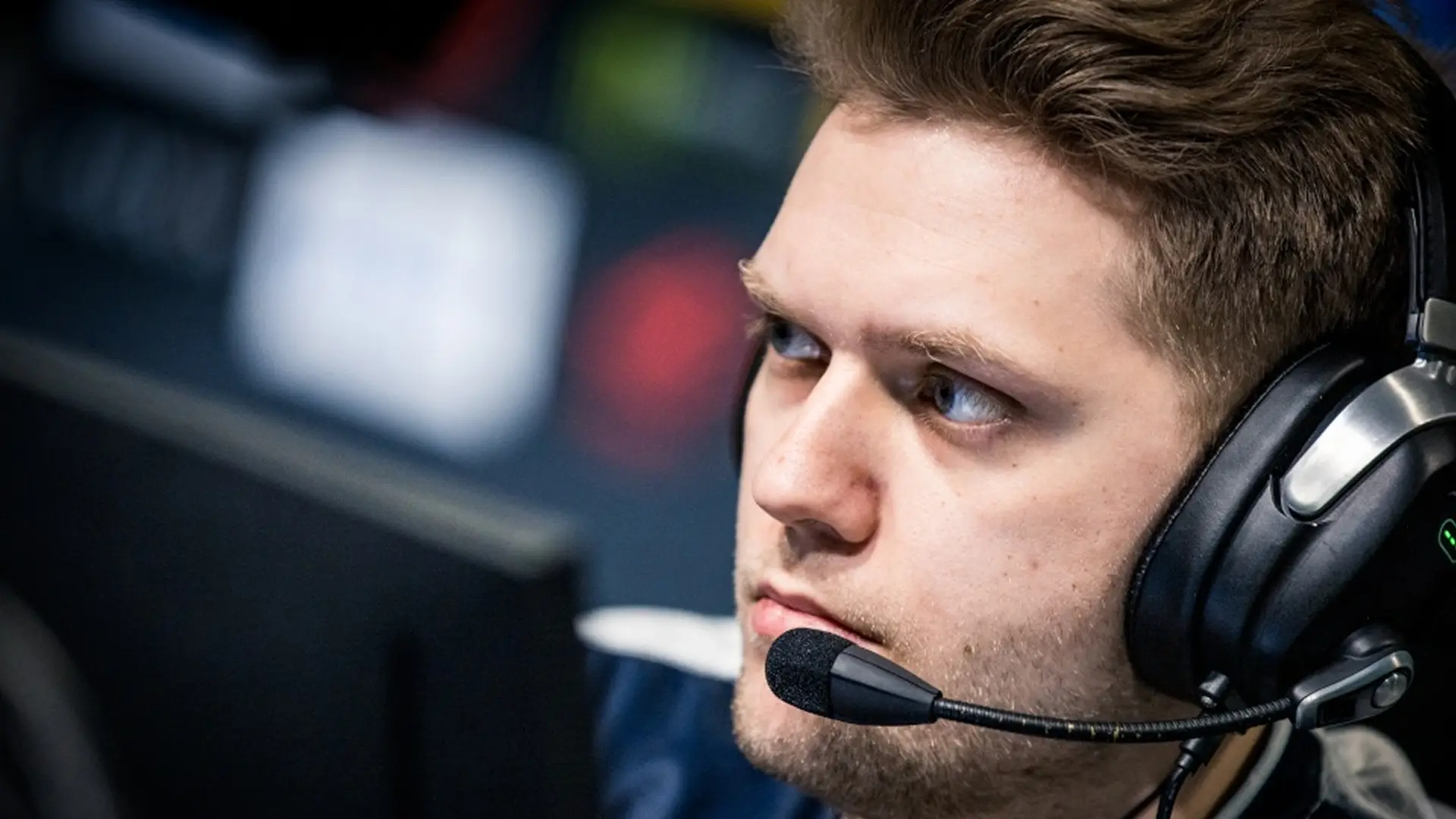
VRS: a system that forces you to choose between growth and survival
One of the key factors in this stagnation, according to nitr0, is the Valve Regional Standings (VRS) — a system meant to encourage growth in each region, but which in reality shackles teams to a broken structure. It’s simple: if you want to train in Europe, you risk losing your VRS points. If you stay home, you stagnate.
“It’s a trap,” nitr0 says. “M80 went to Europe — great idea. But if they fail to qualify for big events, all their points are gone. On the other hand, if you’re in NA and lose a BO1 to a lower-tier team — same story. You lose everything. You have to choose how you want to die.”
This system pushes teams into a lose-lose scenario: either remain in a collapsing region with limited practice or gamble everything just to get access to better competition. All of this happens while NA simply lacks the resources to support development from within.
NRG’s internal reset
Despite the crisis, NRG are not giving up. nitr0 is clear: the team is re-evaluating its calendar, aiming for more European bootcamps and doing whatever it takes to escape this deadlock. But it’s not just a matter of travel logistics — it’s a question of survival and long-term development.
“I can’t say I’m satisfied with our progress,” he confesses.
Yes, the team has won local events. Yes, they were in the top 24 of the VRS after ECL. But IEM Dallas reset everything.
“We need to take a step back, reassess ourselves — and the Major is already just two weeks away.”
Right now, the goal is simple: qualify for Stage 2 of the Austin Major. To do that, NRG doesn’t need a miracle — just stability, role clarity, and trust in one another.
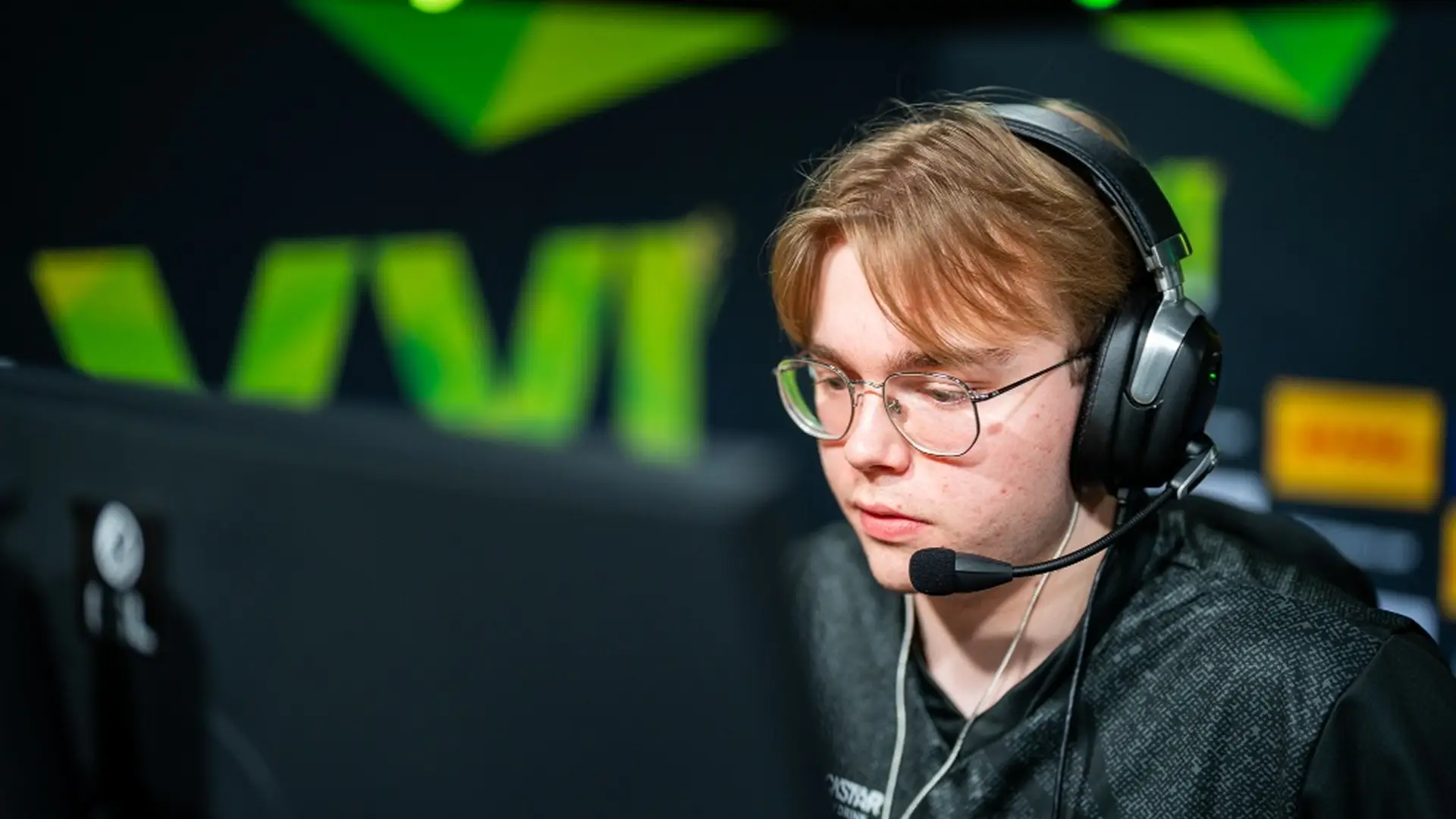
Young talent: potential exists, but patience is key
NRG isn’t just about nitr0 and daps. It’s also about those expected to become the new face of North American Counter-Strike. Jeorge, HexT, and br0 are the names nitr0 speaks about with cautious optimism.
Jeorge has strong mechanics and real potential, but lacks the confidence to take control in high-pressure matches. HexT is still finding his place after many role shifts but is showing mental resilience. br0, meanwhile, is a European import — brought in not as a system guru, but because of his in-game vision and ability to work within a unit.
All three, according to nitr0, could become leaders. But what they need most is time and a stable environment — and that’s exactly what NA is struggling to provide right now.
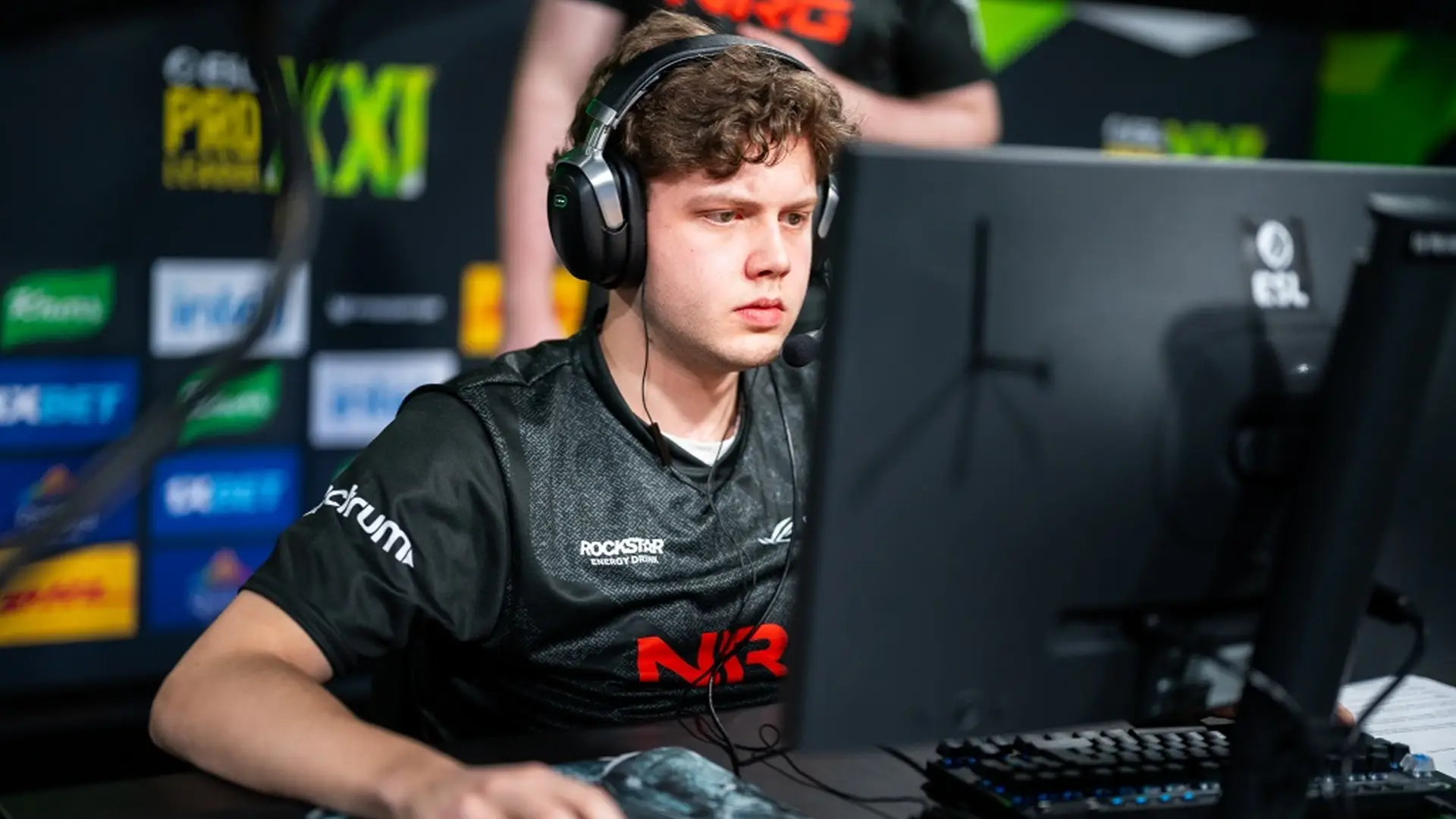
TYLOO, the Major, and a bigger battle
At BLAST.tv Austin Major, NRG will begin their run against TYLOO. nitr0 hasn’t looked into their demos yet, but feels confident:
“In macro play, I think we beat them across the board. The question is whether we show up that day.”
But the real fight for nitr0 isn’t against a Chinese team. It’s for his region. For a future where North America can still compete. And it’s voices like his that finally force the community to confront the problems it has ignored for too long.





























